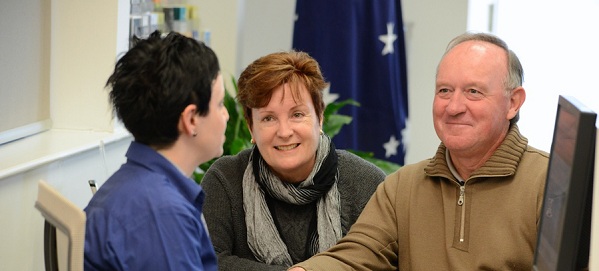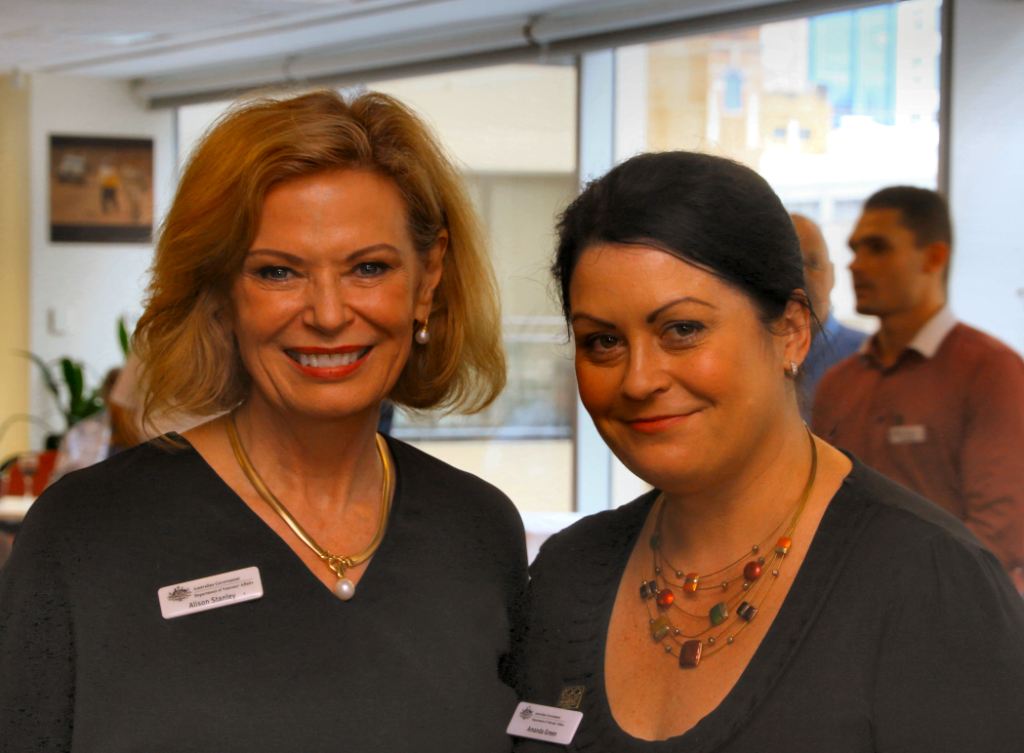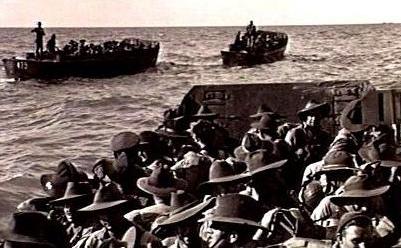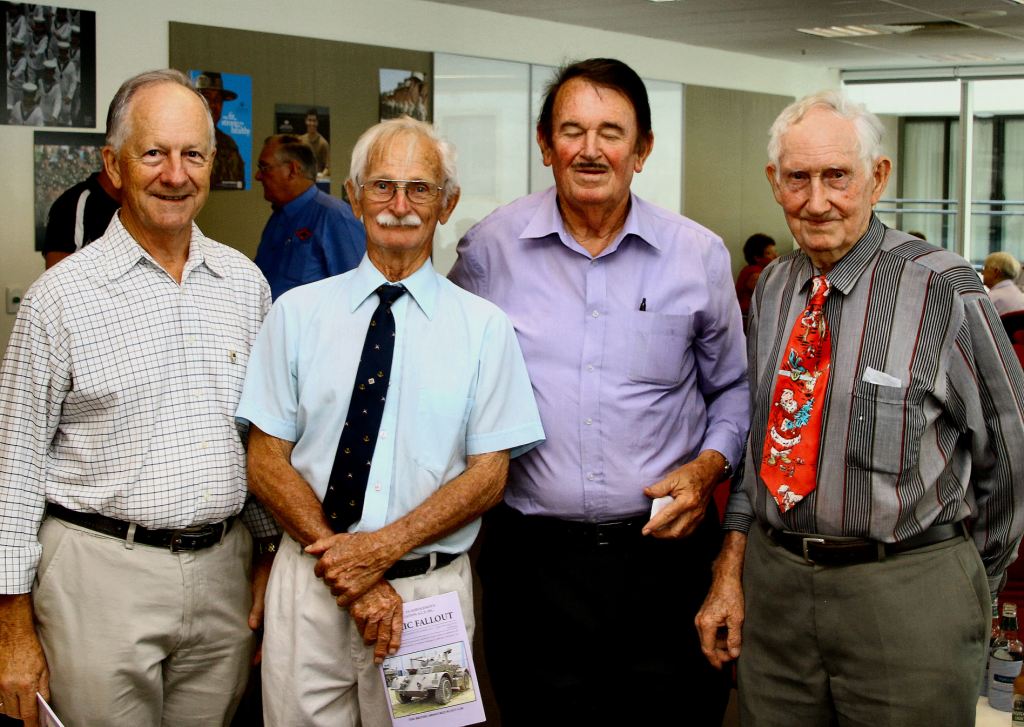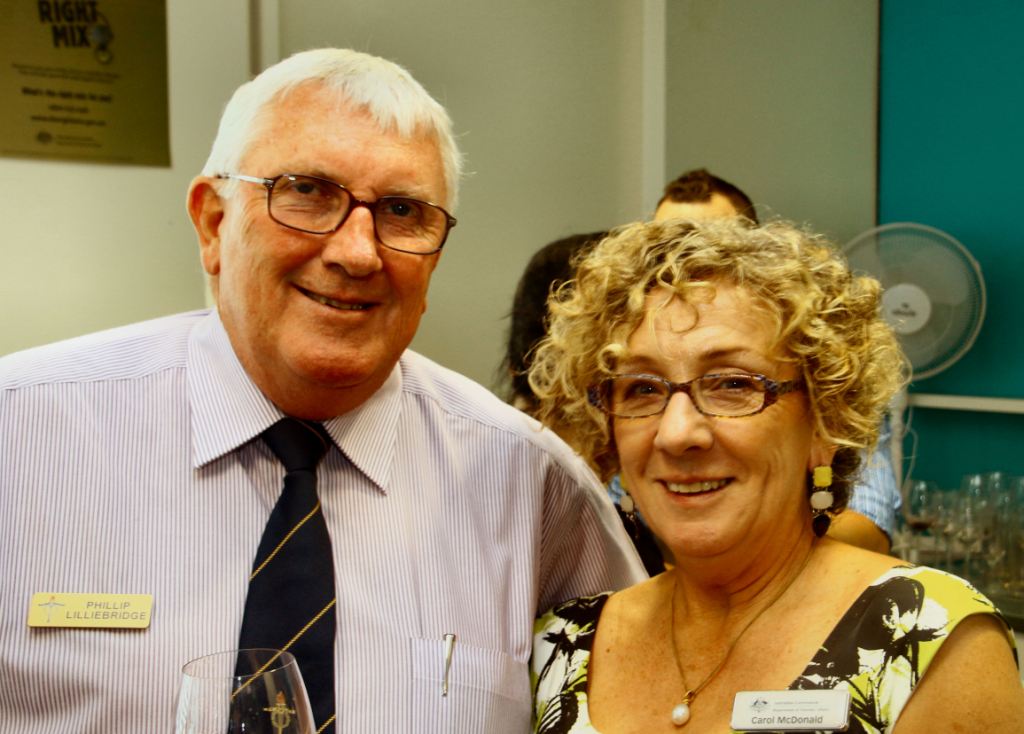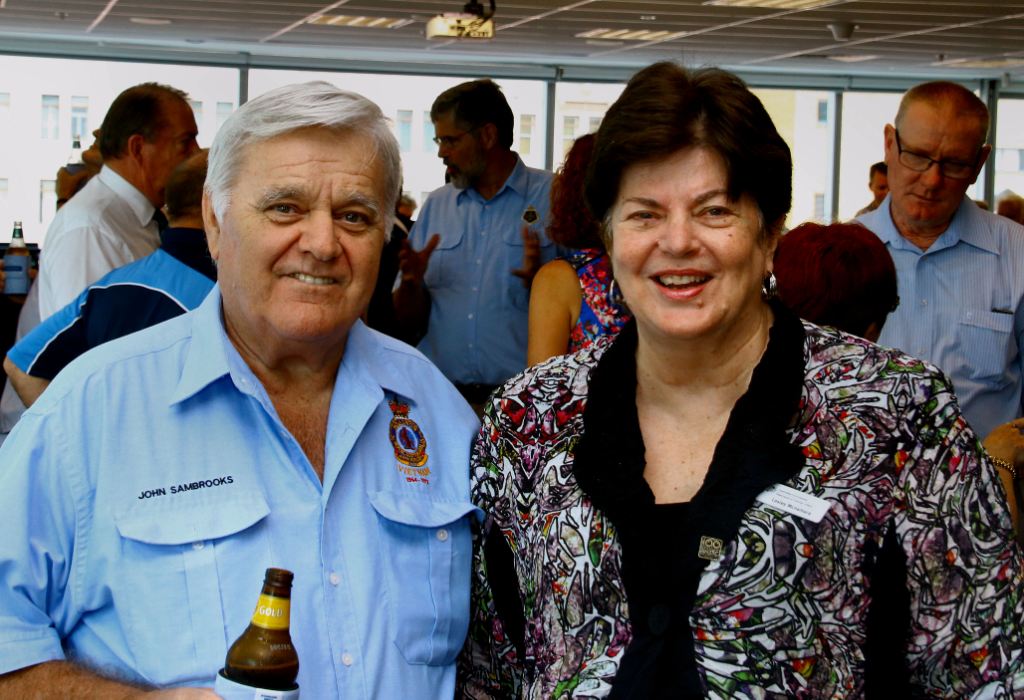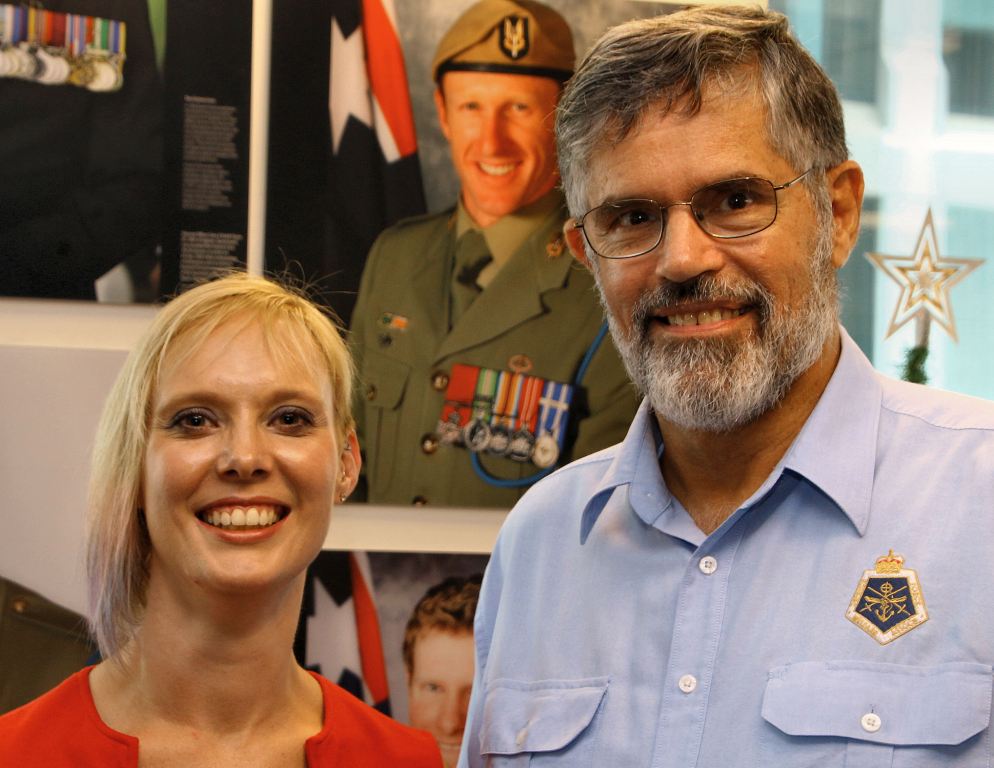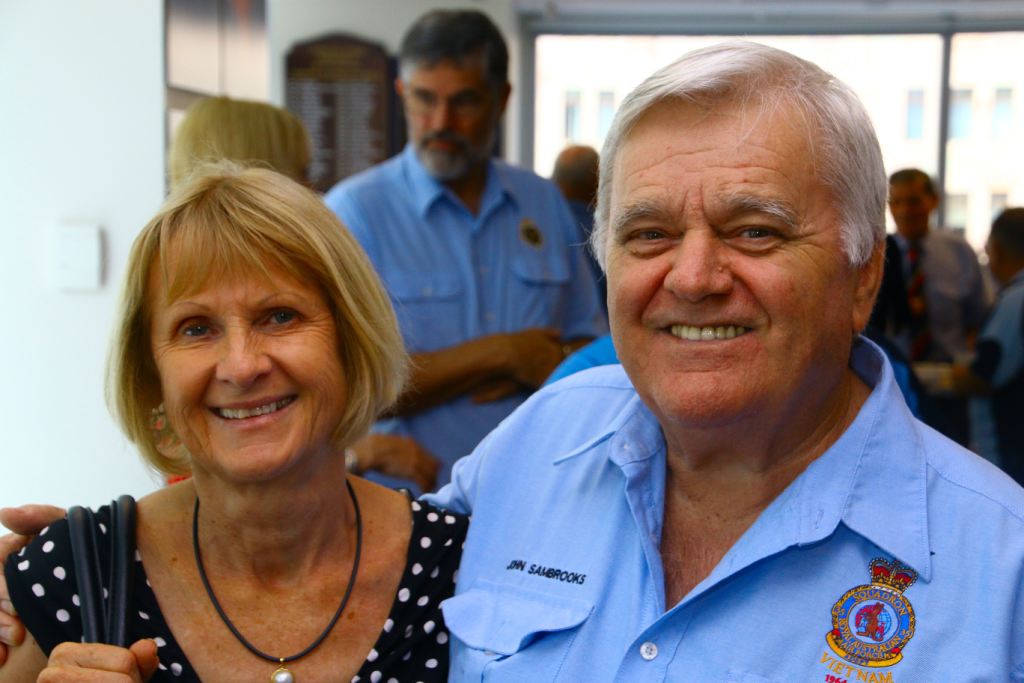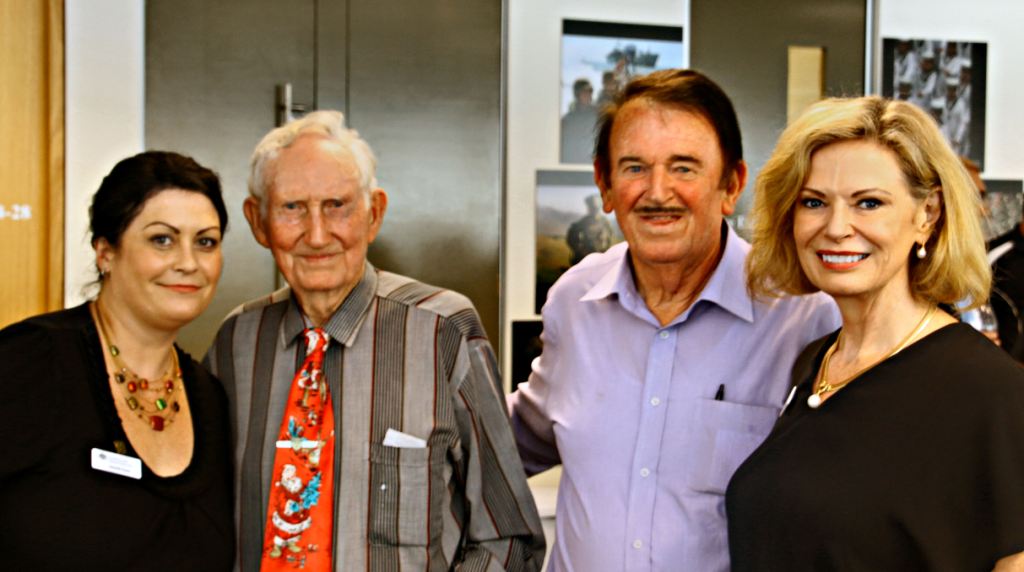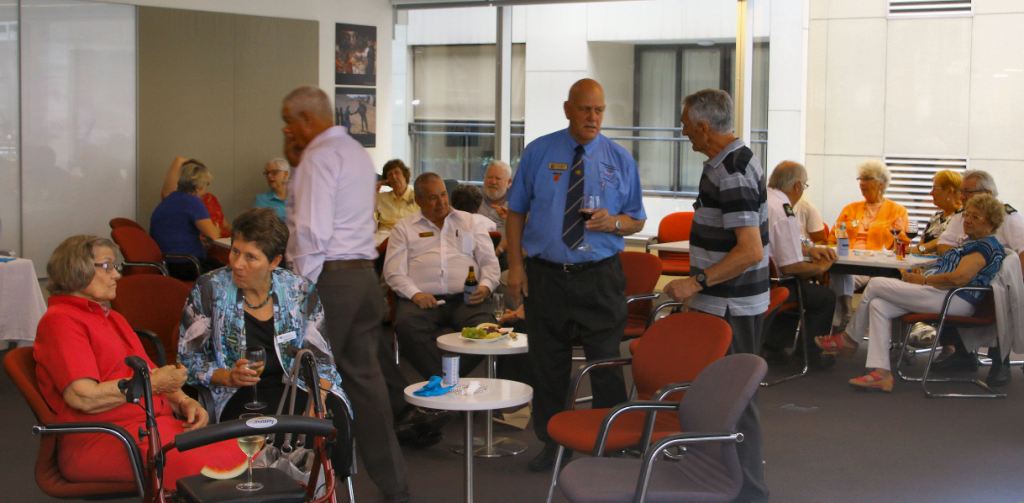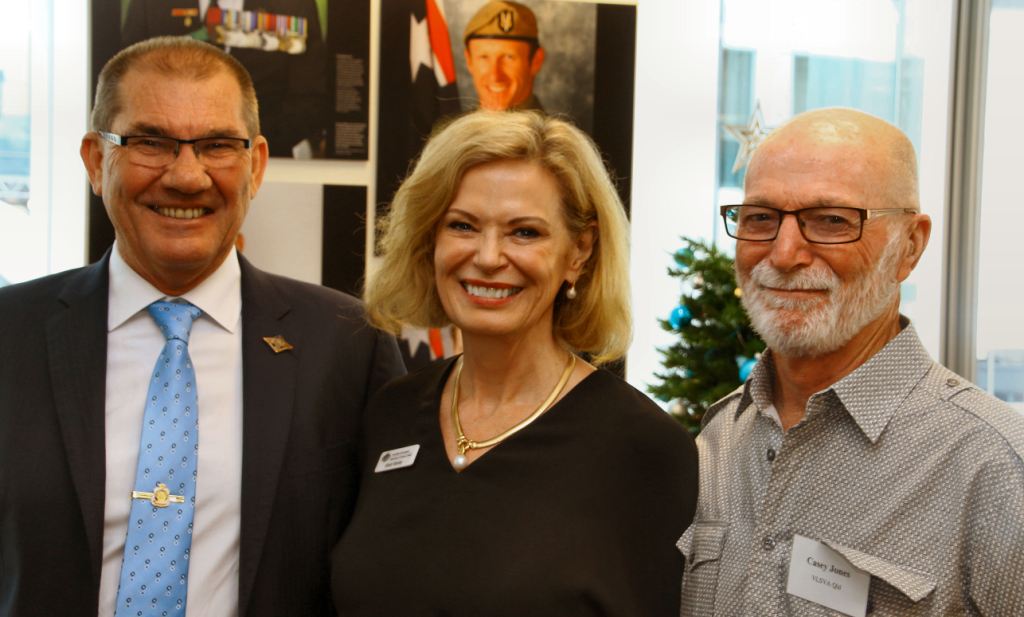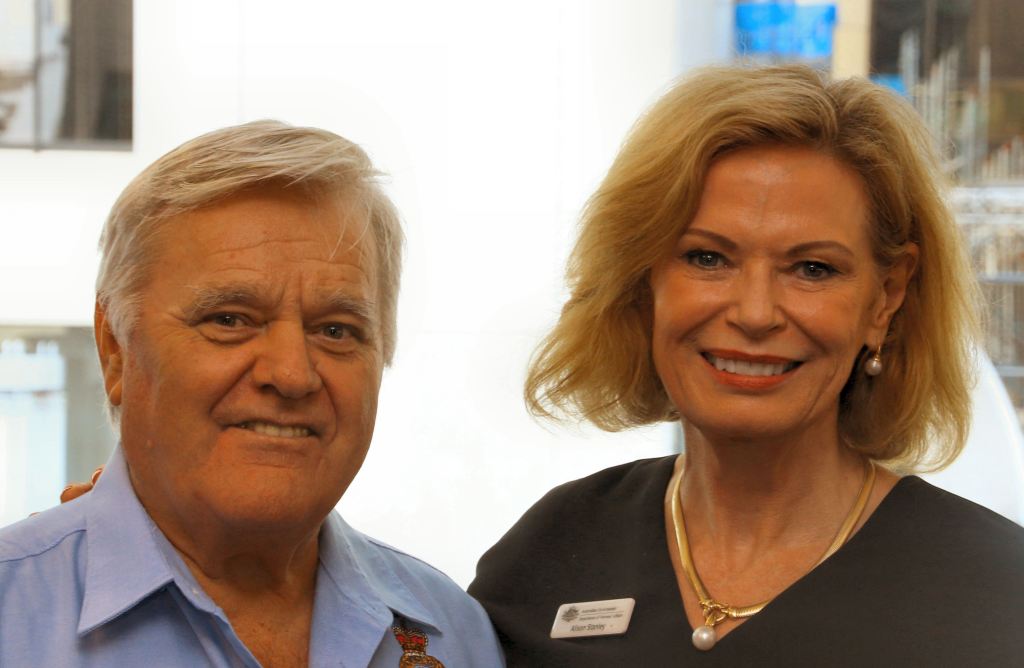|
|
|||
|
Privacy Policy | Editorial Policy | Profit Policy | Join the Association | List of Members | Contact us | Index | Links |
|||
|
Back Go to page: 1 2 3 4 5 6 7 8 9 10 11 12 13 14 15 16 17 18 19 20 Forward |
|||
|
It's Elementary.
Anthony Element.
|
|||
|
|
|||
|
A Noddy’s Guide to the G20
As I write this, Brisbane waits with breathless anticipation for the commencement of the G20 summit, an event we’re told by our revered lords and masters, of historic cultural and economic significance.
Okaaaay…
While we digest that, let’s take a look at the basics. First, how did the G20 get its name?
It turns out that ‘G’ stands for ‘Group’; which proves that at least one person at the highest echelons of global governance knows how to sound out his or her words.
Now for the ‘20’
Way back in the 70’s The French government hosted a Group of 6, France, West Germany, Italy, Japan, US and the UK. They got together, had some terrific dinners, but didn’t achieve a helluva lot. Then Canada kicked it’s heels on the ground and threatened to hold its breath until it turned blue if it wasn’t included, ‘cos the Canadians do love a good feed. Thus the G7 was born.
Then the Russians demanded to be included because, well, you can see Russia from Canada, so fair’s fair. Well you can see where this is going. Now we had a G8.
Unfortunately, nothing much was still being done.
So the then Canadian PM had an epiphany, If they couldn’t achieve much with eight members, think how much they wouldn’t be able to achieve if they pulled together the most powerful nations on earth, the ones that really mattered. To further complicate things, someone had the bright notion that the entire EU should be counted as one country, to be represented by the European Commission and the ECB. Problem was, once they took that decision, they could only come up with nineteen countries that really mattered. It was generally agreed that they’d better add in another one, mainly because the whole world loves round numbers and anyway, if they left it at nineteen, they’d be nagged to death by a bunch of wannabes all wanting to be that twentieth member.
So, they pulled in one more to make it a whole G20. To this day, no one knows which is the twentieth country that’s only in there to make up the magic number. And that, boys and girls, is how the G20 came into being.
Meanwhile, up until 2009, the G8 kept on meeting once or twice a year, which meant that for a few years there were two gatherings of world leaders not achieving anything, which was obviously a complete waste, so the G8 was done away with and the G20 assumed full responsibility for everything not being achieved. Actually that’s not quite true. There is one thing the G20 does extremely well; it makes promises. Basically the process goes like this.
The whole thing begins with a welcome dinner. The next day, everyone catches up with each other, because, well, let’s face it, these are busy folks we’re talking about here; and scattered all over the globe, so they don’t get to party together all that often. Day 2, they kick around a few issues. By lunch time, they’re usually in full agreement that the various nations’ self-interests are in such conflict that getting to agreement on anything is going to be really, really hard.
Now, you have to remember that these folk are politicians, so they rarely do really, really hard.
During that evening the attendees start to get a little, well, pissed is the word that springs to mind… maudlingly so. They start to feel that they owe it to their constituents to come up with something meaningful. So they jot down a few notes and pretty soon, they’ve got a full blown communique going on, committing themselves to doing some really good stuff, like educating the poor, feeding the hungry, fixing global warming.
Next morning, hung over and generally feeling a bit sheepish, they read what they’d put together the night before. Cue a collective intake of breathes as each leader realises that he or she has committed to actually doing something, maybe even a bit more than someone else.
Well that’s not on.
The final step is a bit of cool headed watering down so that what’s left is a bunch of good intentions, vague promises but, under no circumstances, any commitments. See, it’s a well-known fact that G20 attendees love the word ‘reform’. They don’t plan to do any of it, but they just love the way it rolls around the tongue.
And that leaves only the logistics to explain.
This is actually the serious stuff. The US president’s motorcade, which will take him about fifteen kilometres from the airport to the city will contain, wait for it, fifty, count them, fifty, vehicles. What, these folks never heard of buses? Naturally, the City/Airport tunnel will be closed off whenever the Pres deigns to relocate. And just to keep the air traffic controllers on their toes, there is a rule that says Air Force 1 must be able to depart with only thirty minutes notice.
To further add to the general impression of chaos, while most of the dignitaries have found themselves digs in the city, not so the Saudis. Evidently, there wasn’t a pub in Brisbane CBD classy enough for them so they’re decamping to Sanctuary Cove. Which also means that at least twice a day, the main Brisbane/Gold Coast Motorway will be closed so the thirty car Saudi motorcade can have a clear run.
Are we having fun yet?
Well… no, not quite. Because we haven’t talked about the demonstrators, whose function it is, to provide the actual entertainment. It turns out that the demonstrators have some fairly laudable objectives. They want things like poverty reduction, biodiversity protected and global warming addressed, but their methodology really sucks. Setting fire to cars and breaking shop windows just doesn’t seem to get folks on side. Can’t think why not…
So we have the interesting situation where the official attendees have got no real goals but a fantastic process, while the demonstrators have really good goals, but a completely hopeless process.
Now, if only we could just get them all together…
|
|||
|
Why is it called "after dark" when it really is "after light"?
|
|||
|
Winston Churchill
Winston Churchill was never easily shocked. In his new biography of the wartime PM, Boris Johnson relates how, one February morning, Churchill was told that one of his ministers had been caught in a compromising position. “Did I hear correctly that so-and-so has been caught with a guardsman?” he asked his chief whip. “In Hyde Park? On a park bench? At three o’clock in the morning?” The chief whip answered in the affirmative.
Churchill took a puff of his cigar. “In this weather?” he added. “Good God man, it makes you proud to be British.
|
|||
|
DVA Queensland Christmas Get Together.
The 2nd of December was both a happy day and a sad day for
the staff at the Brisbane
Alison joined the public service in 1975 in Brisbane. Initially she worked for Australian Customs then moved to the Attorney Generals' Department. She then moved to the then Department of Employment and Industrial Relations where she has spent the majority of her public service career. In this time she worked in Brisbane, Townsville and Canberra at the regional, state, and national levels. She worked in the front line for employment services which has served her well in appreciating the challenges and priorities in delivering direct client service. She also had key roles in many new initiatives including the establishment and very successful implementation of major recruitment projects for the private sector on a fee for service basis, development and implementation of today’s traineeship system, national training responsibility and also for developing and implementing the pilot which let to the eventual national roll-out of community employment consultative networks.
In 1994 Alison worked in Turkey for six months as part of a World Bank Project to support the privatisation of government owned enterprises. This included training and skills development for employees of these enterprises, micro and small business development and also establishing national consultative mechanisms to support the changes impacting on communities.
In 1995 she moved to Canberra to assist in the development and establishment of the then Job Network. She played an integral part in the establishment of the Network and in particular the purchasing process to establish and manage it in the early phases. At the time this was identified as one of the most complex and extensive human services purchasing processes undertaken.
In 2001 she returned to Brisbane as the Queensland Manager for what had become the Department of Employment and Workplace Relations. A key focus at the time was the implementation of employment initiatives for Indigenous Australian across the state. Alison took the lead role for the Council of Australian Government trial in Cape York. In 2006 she transferred to the Department of Veterans Affairs. For the first twelve months she was the National manager for Client Contact and responsible for the establishment of the DVA national telephony service. In 2007 she moved into the Deputy Commissioner Queensland role and for several years was responsible for the national management of the client service function in addition to her Deputy Commissioner role.
The role of the Deputy Commissioner has evolved over the eight years Alison has been in the role. She has built strong working relationships with the Ex Service Community in Queensland as well as other key stakeholders. Alison is also very well known to and loved by the veteran community in the state.
Simon Lewis (right), the Secretary of the Department of Veterans’ Affairs, President of the Repatriation Commission and Chair of the Military Rehabilitation and Compensation Commission, made the journey up from Canberra to attend the function, to farewell Alison and to thank her for her many years of service to the Commonwealth.
Simon took up his appointment on the 11th July 2013 after acting in the positions from the 10th May 2013. He joined the Australian Bureau of Statistics in 1976, transferred to the Department of Defence’s Logistics Organisation in 1986, to the Department of Finance in 1990 and back to the Department of Defence in 2010 where he was the Associate Secretary Chief Operating Officer.
In 2001 Simon was awarded the Centenary Medal for public service and in 2007 he was awarded the Public Service Medal. He has qualifications in economics, public administration and computing studies. In his opinion, Alison is one lady who will be sorely missed. Not a lot of people know the amount of her own time she has graciously and freely given to help veterans and veterans’ associations over the years she has held the position of Deputy Commissioner Qld. Every week she would receive invitation requests to attend functions and where time permitted, she would always accept, sometimes even attending two functions in the one day.
The life of the DC is definitely not an easy one and at long last Alison has decided it is time to put the feet up, have a breather and smell the roses. We all wish her well.
As yet no successor has been announced, but she is definitely leaving very large shoes……
Some of those who came along to wish her all the best include: (all names left to right) |
|||
|
|
|||
|
John “Sambo” Sambrooks, Sharon Galvan, Jim Finnigan.
“Sambo” is the Secretary/Treasurer of the RTFV/35Sqn Association and you can bet if there’s a pretty girl within 50 miles, Sambo will show up to have his photo taken with her.
Sharon looks after all Reviews and Appeals within Queensland and Victoria. She is a very busy lady.
There are a number of decisions made by DVA in relation to entitlements and/or benefits for which you have the right to an internal review or reconsideration by DVA. If you consider any decision made by DVA is wrong you can then appeal to the Veterans’ Review Board (VRB).
Whenever DVA makes a decision that concerns you, if you have a formal right of review or appeal, they will notify you of this in the letter advising you of their decision. This letter will also advise you of the review options available to you. For most DVA decisions there are time limits for lodging a review or appeal and these will be set out in the letter you received advising you of the decision.
But it doesn’t stop there. If you have already had the decision reviewed by DVA or by the VRB and you are still dissatisfied with the outcome, you may have a right of appeal to the Administrative Appeals Tribunal (AAT). Appeals to the AAT must be lodged directly with that tribunal.
If you have any queries always contact your closest DVA office, remember, they are there to help you.
Jim Finnigan, an old boy from the bush, was born up in Barcaldine in 1942 and joined the Army, some say, just to see the big smoke. Jim was one of the early blokes who went to Vietnam, he served in the infantry with the 1st Battalion, Royal Australian Regiment from May 1965 to June 1966 and was fortunate to leave Vietnam when he did, as the battle of Long Tan was held on the 18th August 1966. Although he missed out on that, he reckons his time there was no picnic. |
|||
|
|
|||
|
Terry Meehan, Carol McDonald, Ricky Dumigan. |
|||
|
Terry is an ex Navy bod and is currently the President of the Queensland
Branch of the RSL
Carol heads the Client Support section of DVA – their mission statement is “To support those who serve or have served in the defence of our nation and commemorate their service and sacrifice” and Carol ensures that statement is considered by her staff very seriously. Carol believes that when thinking of a Client’s needs, consideration should also be taken of not only that person but of his/her family and that compensation and any rehabilitation support should be provided as quickly as possible. If you are not 100% you can bet your family will be worried and will suffer just like you. The help is there, all you have to do is ask for it. |
|||
|
|
|||
|
Carol ensures her staff communicates clearly and simply with Defence, Ex-Service Organisations, providers and all other stakeholders to achieve the best health and wellbeing outcomes for DVA’s clients and through them, their families.
If you have been injured or have suffered an illness, whether physical or mental, which you believe relates to your defence service, you should lodge a claim with DVA as soon as possible and if liability is accepted, you may become eligible to receive benefits. Some of these benefits include:
Ricky Dumigan is the Physical Training and Rehabilitation Manager with Mates4Mates, an organisation formed by the RSL with the express purpose to look after the wounded, injured and ill current and ex-serving Australian Defence Force (ADF) personnel. The adverse physical and psychological effects that modern warfare and training has on our service men and women can seriously affect the family unit and Mate4Mates has established Family Recovery Centres in Brisbane, Townsville and Hobart which play a vital role in helping the families of our Brave Mates to work through the many challenges they may be facing.
You can see more info on Mates4Mates HERE.
|
|||
|
Money cannot buy happiness, but it's more comfortable to cry in a Bentley than on a push bike.
|
|||
|
At the Helm.
|
|||
|
|
|||
|
Alison Stanley and her right arm - Amanda Green.
These two lovely ladies have steered the DVA through Qld waters for some years and everyone would agree, have done an excellent job of it. Alison might be leaving next year but her Executive Assistant Amanda will be back ready and able to shepherd the new DC through his/her first few months in the job.
Army Water Transport.
During WW2, the situation to the north of Australia came under the threat of the advancing Japanese forces which had already captured large tracts of land to the north of New Guinea. This advance had been achieved in the very short period of some 70 days and to accentuate the dire situation, the Japanese were bombing Darwin, landing troops at Gona, New Guinea, and advancing along the Kokoda Trail with Port Moresby as their target. The seriousness of this situation warranted surety of supply to those of the front line infantry. Biscuit Bombing of supplies from DC3’s was not able to cope, another method had to be found and incorporated and in a hurry.
At the time, invasion of the Australian continent seemed imminent and in 1942 the Defence Chiefs instructed Major-General Clive Steele to solve the situation of suppling all types of logistics as well as taking infantry troops to shore. Shallow drafted small ships and landing craft were the answer.
Initially craft of all description were utilised to get the urgent needs of warfare into the hands of the front line troops. The Army Water Transport RAE AIF was formed at Chowder Bay, (on the southern side of Sydney’s Middle Head peninsula) and began training skippers, coxswains, engineers, navigators, radio operators, helmsmen, cooks and others. This newfound application of a sapper’s ability to adapt became a successful operation creating a new hope for an immediate assurance of victory.
As the strength of the Australian Water Transport gathered so did the pace of the Australian defence forces in campaigns in the South West Pacific culminating in the defeat of the Japanese forces.
The formation of the Small Ships and landing craft, a direction of the Australian Army, proved to be an outstanding tactical change by the Defence Chiefs which gave the Australian Forces the impetus to become the lynch pin of the success of the Pacific campaign in the Second World War.
An association was formed to remember those blokes! |
|||
|
|
|||
|
Leo Brown, Pres Water Transport Assoc, Don Hacker, its Secretary. Terry Toon, Secretary Treasurer of the Atomic Ex-Servicemen’s Association and Bryan “Chips” Ross its President.
During the 1950s and 1960s the British Government conducted a series of tests of nuclear weapons at Maralinga and Emu Field in South Australia and on the Montebello Islands in Western Australia. A total of seven tests were performed at Maralinga with approximate yields ranging from 1 to 27 kilotonnes of TNT. Maralinga was also used for hundreds of minor trials, many of which were intended to investigate the effects of fire or non-nuclear explosions on atomic weapons.
As you would expect, the site was contaminated with radioactive materials and although an initial clean-up was attempted in 1967, a Royal Commission found in 1985 that a significant radiation hazard still existed at many of the Maralinga test areas. Maralinga was the land of the Maralinga Tjarutja people who, along with many ADF personnel working on the nuclear project, suffered terrible consequences. Debate continued over the safety of the site and the long-term health effects on the traditional Aboriginal owners of the land and former personnel and in 1994, the Australian Government paid compensation amounting to $13.5 million to the local Maralinga Tjarutja people.
Another clean-up was completed in 2000 at a cost of $108 million.
The Atomic Ex-Servicemen’s Association publishes a quarterly magazine entitled “Atomic Fallout” which is very active in pursuing compensation for all those suffering as a result of the tests.
|
|||
|
Love making tips for seniors. Wear your glasses. Make sure your partner is actually in bed. Set timer for 3 minutes, in case you doze off in the middle. Set the mood with lighting. (Turn them ALL OFF!) Make sure you put 000 on your speed dial before you begin.
|
|||
|
|
|||
|
Phil Lilliebridge and Carol McDonald.
Phil is on the committee of the Kedron Wavell RSL Sub-Branch and is its Welfare and Ceremonial Officer. He spent 30 years in the Army, with various postings in the Royal Australian Armoured Corps and on retirement was the 2IC of the 2nd/14th Light Horse Regiment. Phil is a graduate of the Royal Military College at Duntroon and discharged from the Army with the rank of Major.
|
|||
|
|
|||
|
Don “Sambo” Juan with Leslie McNamara.
Leslie looks after the Veterans’ Children Education Scheme (VCES). Financial assistance, student support services, guidance and counselling services may be provided to children of eligible veterans under either the VCES or the Military Rehabilitation and Compensation Act Education and Training Scheme (MRCAETS). The aim of this assistance is to help eligible children achieve their full potential in education or career training.
The VCES is established under the Veterans’ Entitlements Act 1986 (VEA) while the MRCAETS is established under the Military Rehabilitation and Compensation Act 2004 (MRCA) and while the benefits provided under each scheme are mostly the same, eligibility rules differ slightly under the different pieces of legislation.
You can read more about the schemes HERE.
Leslie was a very popular lady during the afternoon, she was in charge of doling out the prawns and had the troops eating out of her hand. |
|||
|
|
|||
|
Katie Sutton and Rob Shortridge. Katie looks after the DVA’s My Account service. My Account is an easy to use on line way to managing your DVA affairs. Using My Account you can request a lump sum advance; claim travel costs quickly and easily; update DVA of changes to your circumstances and finances; view your current details, letters, current and past payments and claims; manage medical transport; request contact from a DVA officer and download forms and publications.
Before using My Account, you must first register and that’s a breeze. All you do is call the DVA Veterans’ Access Network (VAN) on 1800 173 858 and tell them who you are and that you want to register for My Account and they will give you a number. Write this number down so you don’t forget it then all you do is just simply follow the directions set down on their site HERE and you’re in.
It saves everyone a huge amount of time and if you’re eligible and you haven’t already registered you should.
|
|||
|
|
|||
|
Sue McDougall with Don Juan
|
|||
|
|
|||
|
Amanda Green, “Chips” Ross, Terry Toon, Alison Stanley. All the old codgers wanted their photo taken with the pretty girls – and who can blame them!!
|
|||
|
|
|||
|
Just a small portion of the people who thoroughly enjoyed the afternoon.
|
|||
|
|
|||
|
Terry Meehan, Alison Stanley, Casey Jones. Casey is a member of the HMAS Sydney Vietnam Logistical Support Veterans Association (VLSVA) which was formed early in 1984. See HERE
And surprise, surprise, guess who else had his photo taken with super patient Alison??
|
|||
|
|
|||
|
Click HERE for some interesting stats on DVA.
|
|||
|
|
|||
|
|
|||
|
|
|||
|
Back Go to page: 1 2 3 4 5 6 7 8 9 10 11 12 13 14 15 16 17 18 19 20 Forward |
|||
|
|

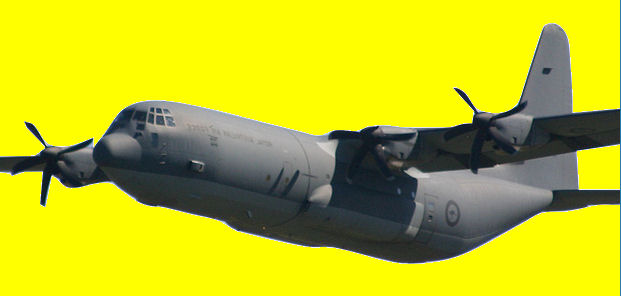
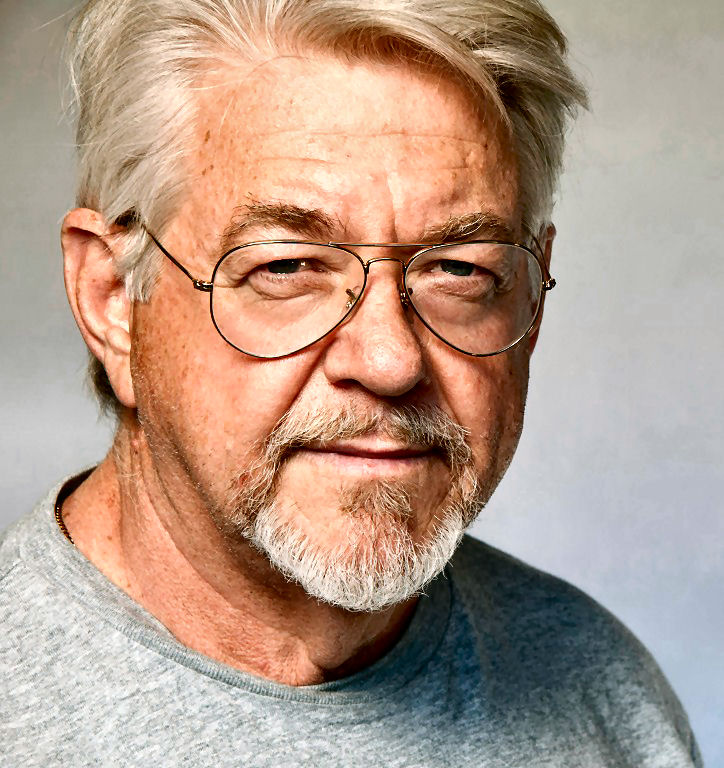
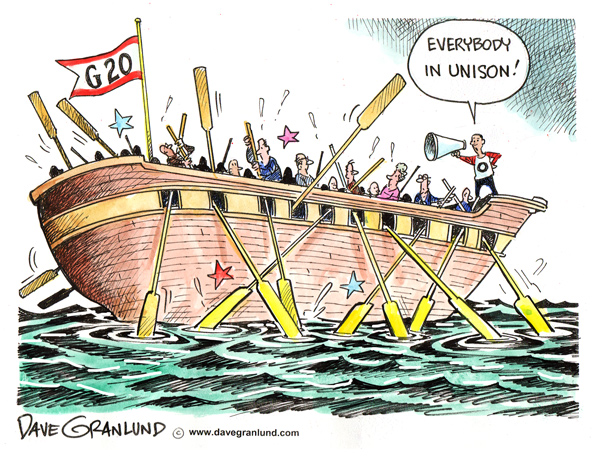
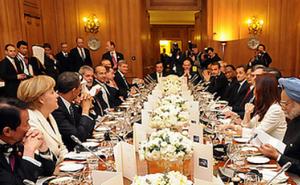
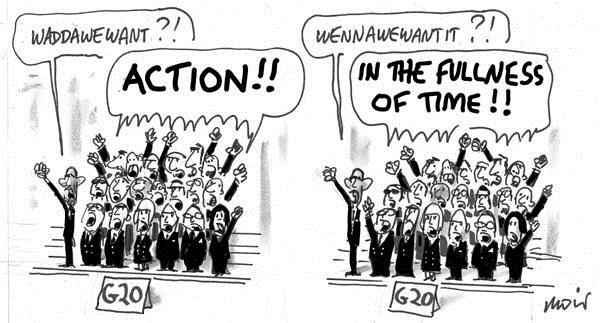
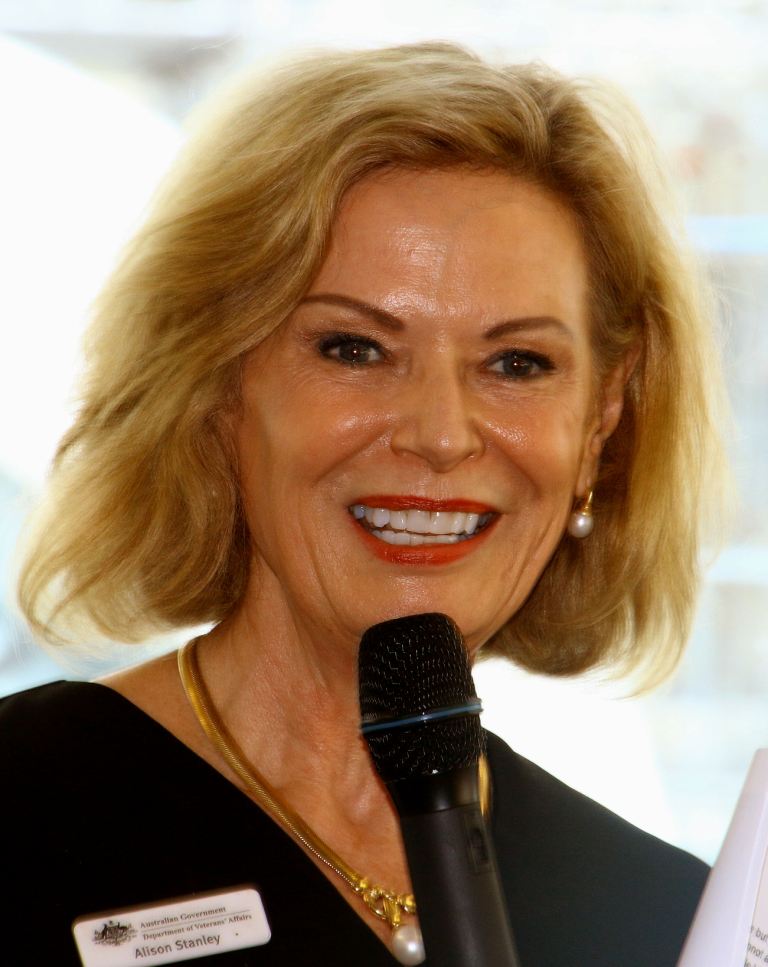 office of the DVA. Happy because it was their end of year Christmas
celebration where a lot of them got to leave the desks for a while and
share a drink with and put a face to the voice of a lot of people they
have dealt with over the year, sad because it was the last one
officiated over by their much loved and admired Deputy Commissioner,
Alison Stanley. Alison announced her retirement WEF the end of January
next year and although this will be her last as DC, you can bet she is
looking forward to Christmas 2015 when she can come along as a guest and
can let her hair down a bit.
office of the DVA. Happy because it was their end of year Christmas
celebration where a lot of them got to leave the desks for a while and
share a drink with and put a face to the voice of a lot of people they
have dealt with over the year, sad because it was the last one
officiated over by their much loved and admired Deputy Commissioner,
Alison Stanley. Alison announced her retirement WEF the end of January
next year and although this will be her last as DC, you can bet she is
looking forward to Christmas 2015 when she can come along as a guest and
can let her hair down a bit.
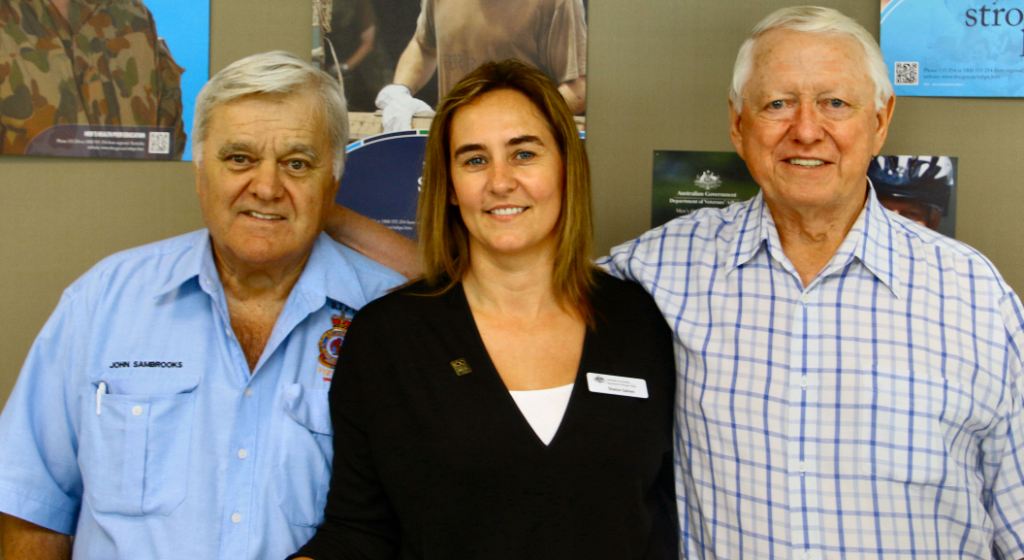
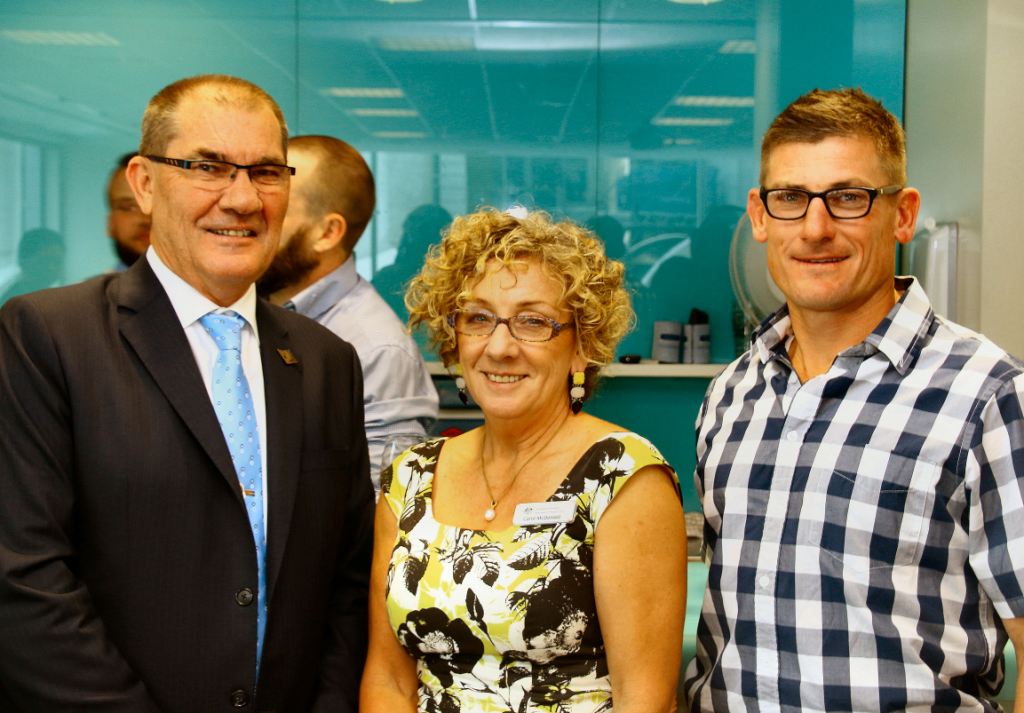
 of Australia. He was appointed in June 2011 and prior to that was the
Deputy President from June 2009. Terry served in Vietnam as a weapons
mechanic on HMAS Parramatta in April 1968 and again on HMAS Brisbane
from March 1971 to October 1971.
of Australia. He was appointed in June 2011 and prior to that was the
Deputy President from June 2009. Terry served in Vietnam as a weapons
mechanic on HMAS Parramatta in April 1968 and again on HMAS Brisbane
from March 1971 to October 1971.